Emergency Response Rescue Vessel Market Summary
As per MRFR analysis, the Emergency Response and Rescue Vessel Market Size was estimated at 31.32 USD Billion in 2024. The Emergency Response and Rescue Vessel industry is projected to grow from 32.28 USD Billion in 2025 to 43.73 USD Billion by 2035, exhibiting a compound annual growth rate (CAGR) of 3.08 during the forecast period 2025 - 2035.
Key Market Trends & Highlights
The Emergency Response and Rescue Vessel Market is poised for growth driven by technological advancements and increasing demand for sustainable solutions.
- North America remains the largest market for emergency response and rescue vessels, driven by robust maritime infrastructure and investment.
- The Asia-Pacific region is emerging as the fastest-growing market, fueled by increasing natural disasters and a rising focus on maritime safety.
- Rescue boats dominate the market as the largest segment, while medical evacuation vessels are experiencing rapid growth due to advancements in healthcare technology.
- Key market drivers include the rising frequency of natural disasters and growing investment in maritime security initiatives.
Market Size & Forecast
| 2024 Market Size | 31.32 (USD Billion) |
| 2035 Market Size | 43.73 (USD Billion) |
| CAGR (2025 - 2035) | 3.08% |
Major Players
Vard Group (NO), Damen Shipyards Group (NL), Fincantieri S.p.A. (IT), Babcock International Group (GB), Halter Marine (US), Austal Limited (AU), Naval Group (FR), Thyssenkrupp Marine Systems (DE), Kongsberg Gruppen (NO)


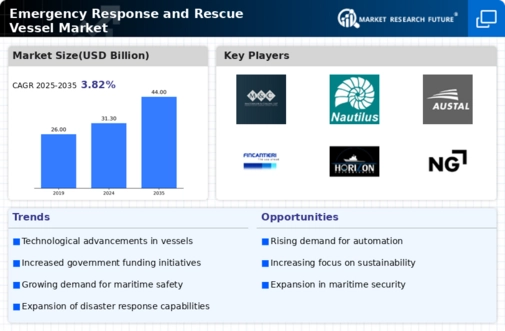
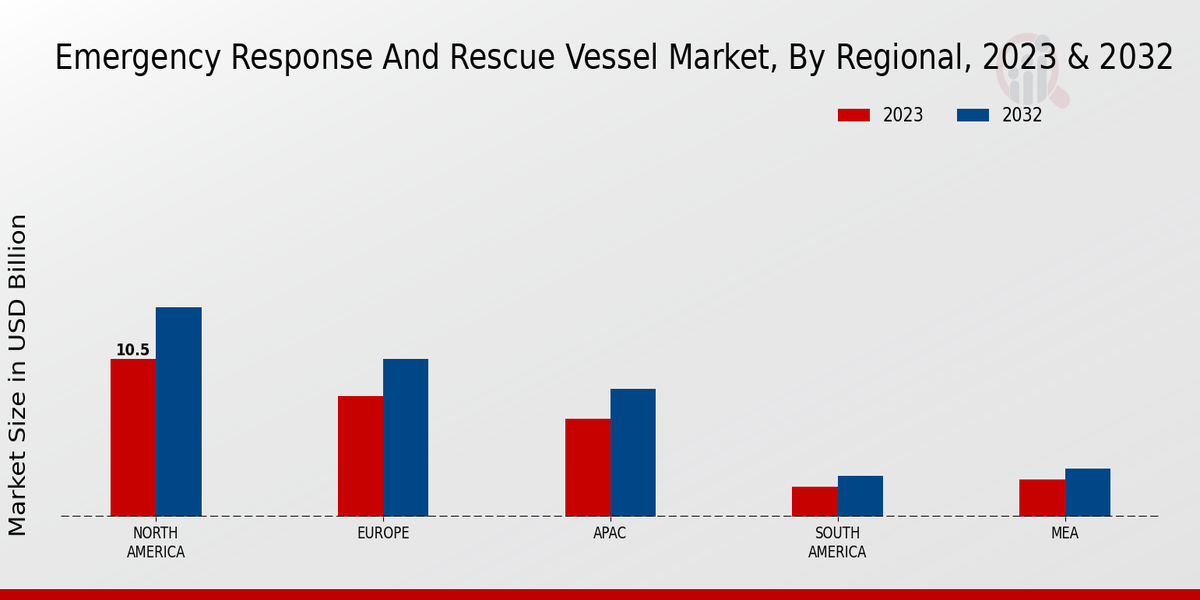
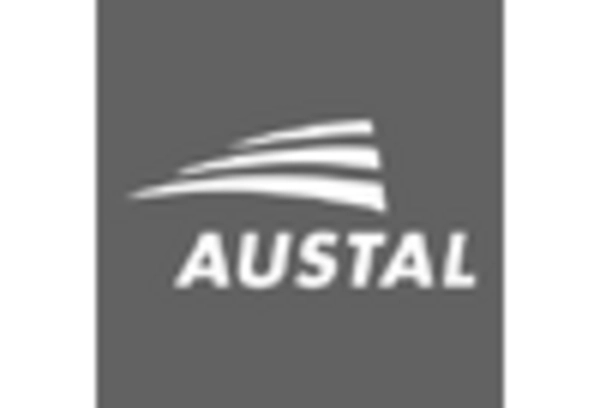



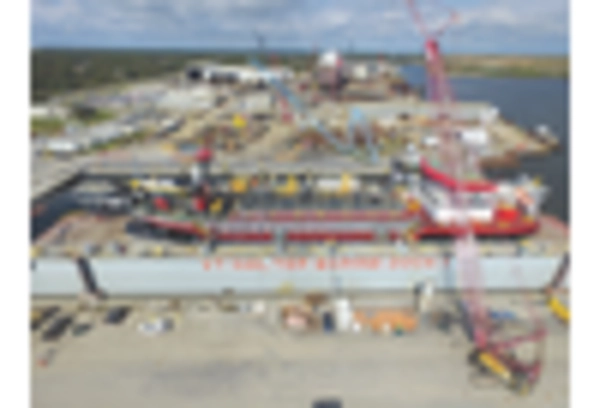
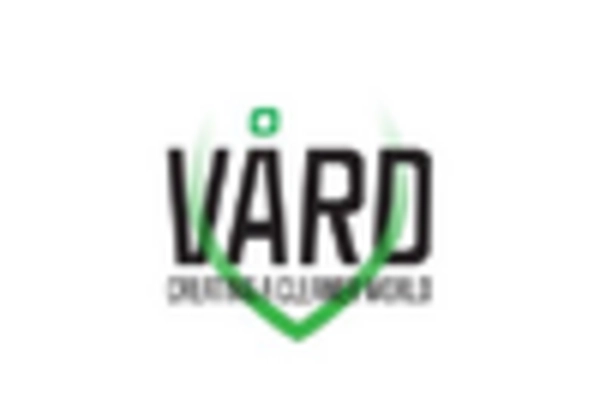








Leave a Comment